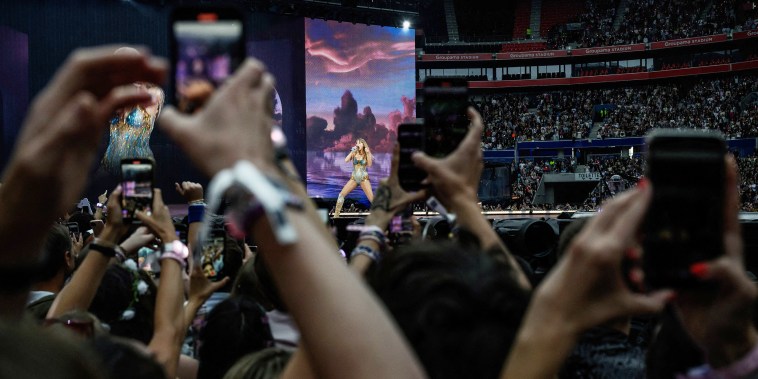Unpacking the ‘funflation’ Trend: America’s Surge in Travel and Entertainment Expenses
The Funflation Effect: Analyzing the Rise in American Spending on Travel and Entertainment
The current economic landscape in the United States has seen a notable trend emerging, wherein Americans are increasingly allocating a significant portion of their discretionary income towards travel and entertainment. This phenomenon, often referred to as the funflation effect, is a fascinating development that reflects shifting consumer preferences and behaviors in the wake of changing societal dynamics and economic conditions. In this article, we delve deeper into the funflation effect, exploring its underlying drivers and implications for both individuals and the broader economy.
Changing Priorities and Lifestyle Choices
One of the key drivers behind the funflation effect is the evolving priorities and lifestyle choices of Americans. As the workforce becomes increasingly transient and remote work arrangements become more common, individuals are finding themselves with greater flexibility and freedom to pursue leisure activities. This newfound autonomy has spurred a desire for experiential consumption, with many individuals opting to invest their resources in creating memorable experiences through travel and entertainment, rather than acquiring material possessions.
Furthermore, the rise of social media and the prevalence of FOMO (Fear Of Missing Out) culture have contributed to the funflation effect by fueling a desire for unique and shareable experiences. In an age where individuals are constantly exposed to curated representations of lavish vacations and exciting events on social platforms, there is a growing pressure to participate in similar activities in order to keep up with peers and maintain a certain online image.
Economic Factors and Consumer Behavior
Beyond shifting priorities and social influences, economic factors also play a significant role in driving the funflation effect. The prolonged period of low interest rates and rising asset prices has led to an accumulation of wealth among certain segments of the population, particularly those invested in the stock market or real estate. This increase in wealth has provided individuals with greater disposable income, which they are choosing to allocate towards leisure and entertainment expenditures.
Moreover, the recovery of the U.S. economy following the challenges of the COVID-19 pandemic has bolstered consumer confidence and spending levels. With restrictions easing and travel becoming more accessible, many Americans are eager to make up for lost time and are embracing the opportunity to explore new destinations, attend live events, and engage in recreational activities that were put on hold during the height of the pandemic.
Implications for the Economy and Society
The funflation effect has significant implications for the economy and society at large. On the one hand, the surge in spending on travel and entertainment represents a boon for industries that have been hard hit by the pandemic, such as hospitality, tourism, and live entertainment. This influx of consumer spending is helping to stimulate economic growth, create jobs, and revitalize local communities that rely on tourism and leisure activities for revenue.
However, there are also potential downsides to the funflation effect. The concentration of spending on experiential consumption may exacerbate income inequality, as individuals with higher incomes have greater means to indulge in luxury travels and entertainment experiences. This trend could widen the gap between the haves and the have-nots, leading to disparities in access to leisure opportunities and contributing to social stratification.
In conclusion, the funflation effect reflects a broader societal shift towards prioritizing experiences over material possessions and underscores the complex interplay between individual choices, economic conditions, and social influences. While the surge in spending on travel and entertainment is driving economic activity and fostering a sense of enjoyment and fulfillment for many Americans, it is essential to consider the broader implications of this trend and strive for a more inclusive and equitable distribution of leisure opportunities in society.




